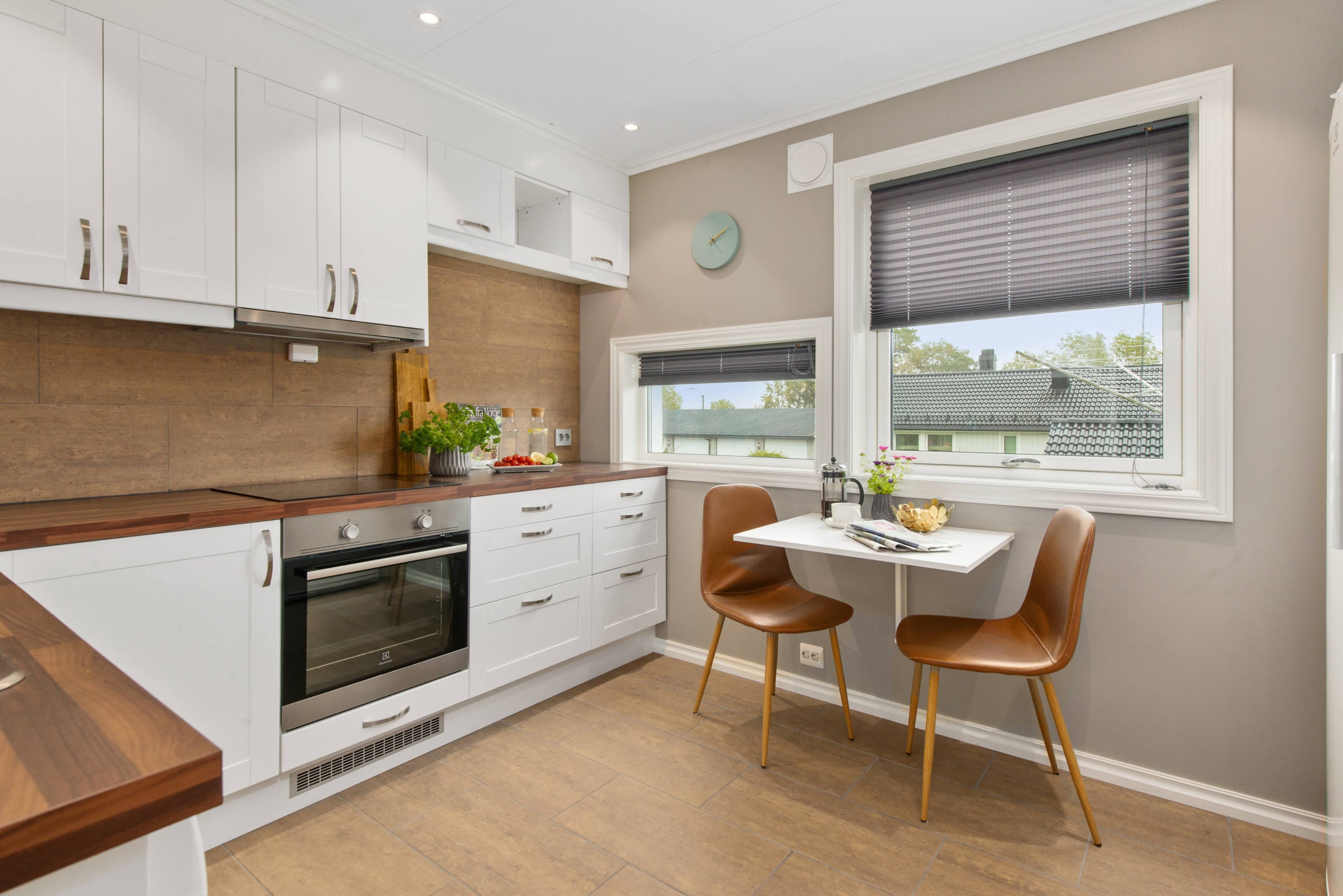Introduction
In recent years, LED lighting has emerged as a pivotal component in the field of sustainable architecture. As concerns over energy consumption and environmental impact continue to rise, architects and builders are increasingly incorporating LED technology into their designs. This article explores how LED lighting is not only enhancing the aesthetics of buildings but also contributing significantly to sustainability efforts.
The Role of LED Lighting in Sustainable Architecture
LED (Light Emitting Diode) lighting has transformed the way we think about illumination in architectural design. Here are some key ways LED lighting contributes to sustainability:
1. Energy Efficiency
One of the most compelling advantages of LED lighting is its energy efficiency. LEDs consume significantly less energy compared to traditional incandescent or fluorescent bulbs. For instance, while an incandescent bulb typically converts only 10% of its energy into light, LEDs can convert up to 80%. This reduction in energy consumption leads to lower utility bills and decreased greenhouse gas emissions, making LED lighting an attractive option for sustainable buildings.
2. Long Lifespan
LEDs have a lifespan of approximately 25,000 to 50,000 hours, far surpassing the 1,000 hours of incandescent bulbs. This longevity reduces the frequency of replacements, minimizing waste and lowering the overall environmental impact associated with production and disposal of lighting fixtures. Fewer replacements mean less maintenance, further enhancing the sustainability profile of a building.
3. Reduced Heat Emission
Unlike traditional lighting solutions, which emit a significant amount of heat, LED lights remain cool to the touch. This characteristic helps to reduce the need for air conditioning in buildings, resulting in further energy savings. By maintaining lower indoor temperatures, LED lighting contributes to a more comfortable living and working environment while reducing the load on HVAC systems.

Enhancing Aesthetic Appeal
4. Design Flexibility
LED technology offers unparalleled design flexibility, allowing architects to experiment with various lighting configurations and styles. From sleek recessed lighting to colorful accent lights, LEDs can be tailored to suit any architectural vision. This versatility enables the integration of lighting into the overall design, enhancing both functionality and aesthetics.
5. Human-Centric Lighting
Human-centric lighting (HCL) is a growing trend in sustainable architecture that focuses on the well-being of occupants. LEDs can be programmed to adjust color temperatures and brightness throughout the day, mimicking natural light patterns. This approach not only enhances the comfort and productivity of occupants but also promotes a healthier indoor environment.
Supporting Renewable Energy
6. Integration with Smart Technologies
LED lighting can easily integrate with smart building technologies, further advancing sustainability goals. Smart lighting systems can be controlled remotely, programmed for optimal performance, and connected to renewable energy sources like solar panels. This synergy maximizes energy savings and reduces reliance on non-renewable energy.
7. Sustainability Certifications
Incorporating LED lighting into architectural designs can help buildings achieve various sustainability certifications, such as LEED (Leadership in Energy and Environmental Design). These certifications recognize environmentally responsible building practices, and having energy-efficient lighting is often a crucial criterion for meeting certification requirements.
Conclusion
As the world increasingly prioritizes sustainability, LED lighting is playing a crucial role in shaping the future of architecture. Its energy efficiency, longevity, design flexibility, and integration with smart technologies make it an essential component of sustainable building practices. By choosing LED lighting solutions, architects and builders can not only enhance the aesthetic appeal of their designs but also contribute to a more sustainable and environmentally friendly future.
Call to Action
For architects and builders looking to integrate LED lighting into their projects, it's essential to partner with reliable manufacturers who can provide high-quality products and support. Explore options from trusted suppliers to ensure your next architectural project meets sustainability goals while delivering outstanding performance and design.
























